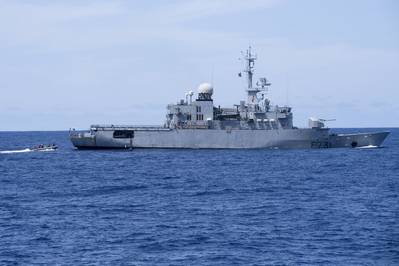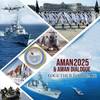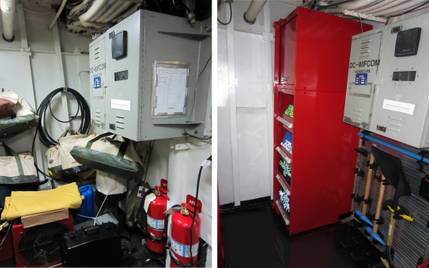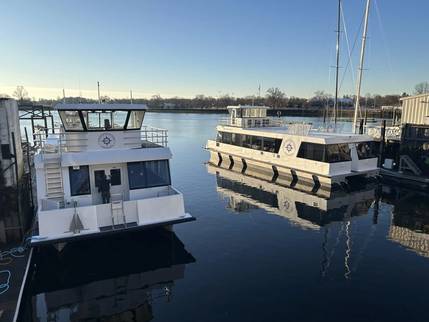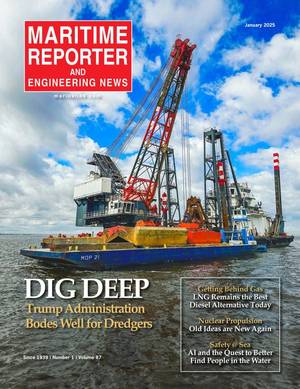U.S. Navy ships are on track to spend more time in the South China Sea this year, U.S. Pacific Fleet Commander Admiral Scott Swift said on Thursday in China, where a U.S. warship was making a port call.
The visit by the USS Sterett guided-missile destroyer to Zhanjiang in Guangdong province, the first U.S. warship to visit China since President Donald Trump took office, comes amid tension in the disputed South China Sea, where Washington has criticised Beijing for building artificial islands.
U.S. "ship days" spent in the waters were on course to reach 900 this year, up from about an average of 700 days annually, Swift told reporters, crediting an increase in the number of carrier strike groups temporarily operating in the Pacific.
But Swift played down the significance of the figure, saying it might not be sustained.
"That's what resulted, that we had that increase in the number of strike group availability in the Pacific, which is what has led to that increase in ship days this year. It could be, you know, lower next year," Swift said.
Swift and other U.S. officials have said there has been no change to U.S. Navy freedom-of-navigation operations under Trump.
In May, a U.S. warship carried out a "manoeuvring drill" when it sailed within 12 nautical miles of an artificial island, Mischief Reef, built up by China in the South China Sea, to show China it was not entitled to the sea around it.
It was the first U.S. freedom-of-navigation operation since October. Trump took office in January.
The United States has condemned China's construction of islands and its build-up of military facilities there, concerned they could be used to restrict free movement and extend China's strategic reach.
But U.S. allies in the region had grown anxious as Trump's administration had held off on carrying out South China Sea operations during its first few months in office.
Some in the region attributed that to a U.S. unwillingness to anger China when its efforts were needed to try to rein in a defiant North Korea.
The May U.S. Navy drill included a "man overboard" exercise to show that the ship's movement was not merely "innocent passage", according to U.S. officials, referring to when a warship effectively recognises a territorial sea by crossing it speedily, without stopping.
The Sterett took part in drills in the South China Sea last week. Though they were not considered a freedom-of-navigation operation, they prompted China to say it was maintaining vigilance over U.S. military actions in the waters.
China claims nearly all of the South China Sea, through which about $5 trillion in ship-borne trade passes each year, a stance contested by Brunei, Malaysia, the Philippines, Taiwan and Vietnam.
(Reporting by Andrew Galbraith; Writing by Michael Martina; Editing by Robert Birsel)



